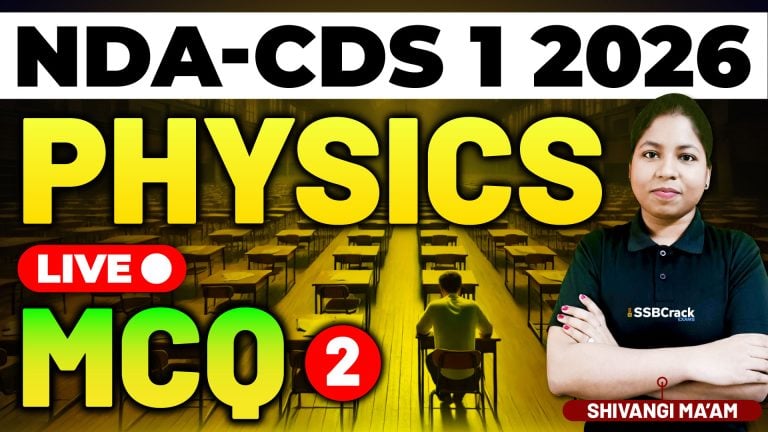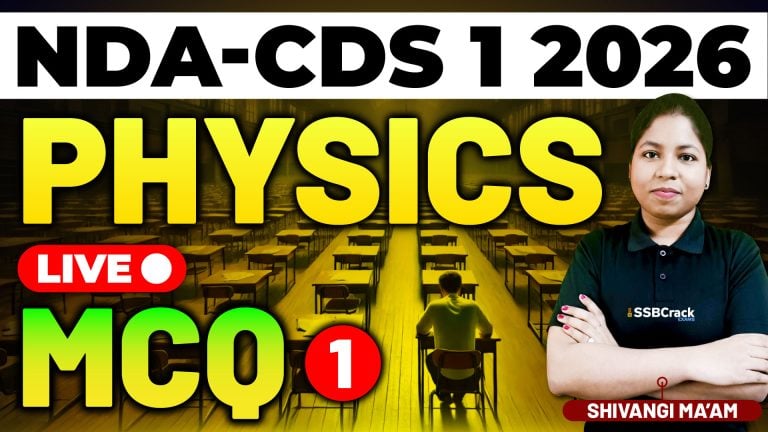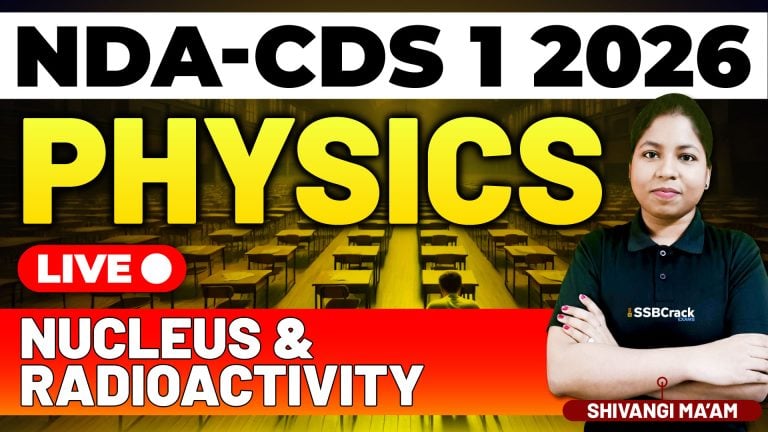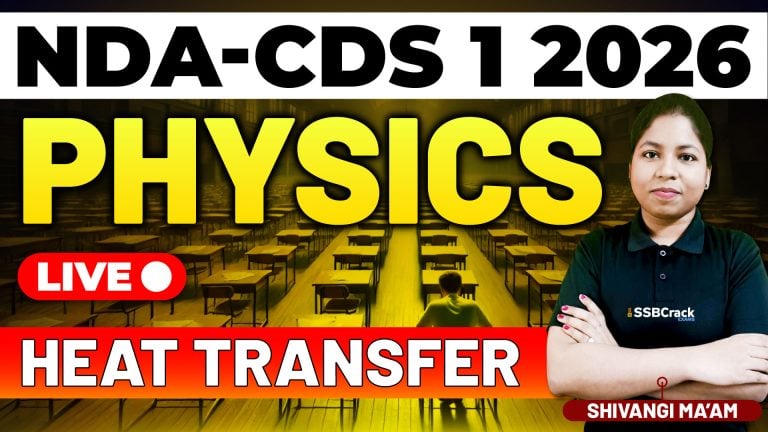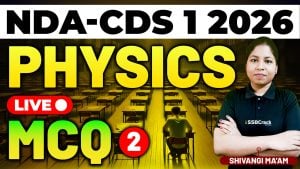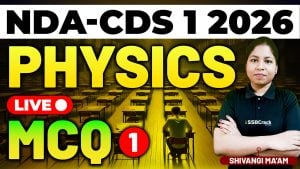Trigonometry is a vital part of the mathematics syllabus for the NDA 2 2024 exam. Our second live class on Trigonometry delved deeper into more advanced topics, including Trigonometric Equations, Particular and General Solutions, Inverse Trigonometric Functions and their Properties, and the Sine and Cosine Formulas. This blog will provide a clear and concise overview of these concepts, highlighting key points and the importance of practicing Multiple Choice Questions (MCQs) to reinforce learning.
Trigonometric Equations
Trigonometric equations involve trigonometric functions like sine, cosine, and tangent. Solving these equations means finding the values of the variable (usually an angle) that satisfy the equation.
Basic Trigonometric Equations
These are equations involving basic trigonometric functions. For example, equations like sin(x) = 0.5 or cos(x) = √3/2 are considered basic trigonometric equations.
Particular and General Solutions
Understanding the solutions to trigonometric equations is crucial for solving problems effectively.
Particular Solution
A particular solution is a specific solution to a trigonometric equation within a given interval. It is usually the primary value of the angle that satisfies the equation.
General Solution
A general solution represents all possible solutions to a trigonometric equation. Trigonometric functions are periodic, meaning they repeat values in regular intervals. Therefore, the general solution accounts for this periodicity, providing a formula that includes all the angles that satisfy the equation.
Inverse Trigonometric Functions and Properties
Inverse trigonometric functions are used to find the angle that corresponds to a given trigonometric ratio. These functions are the inverses of the basic trigonometric functions.
Inverse Sine Function (arcsin)
The inverse sine function returns the angle whose sine is a given number. It is denoted as arcsin or sin⁻¹. The range of the arcsin function is from -π/2 to π/2.
Inverse Cosine Function (arccos)
The inverse cosine function returns the angle whose cosine is a given number. It is denoted as arccos or cos⁻¹. The range of the arccos function is from 0 to π.
Inverse Tangent Function (arctan)
The inverse tangent function returns the angle whose tangent is a given number. It is denoted as arctan or tan⁻¹. The range of the arctan function is from -π/2 to π/2.
Properties of Inverse Trigonometric Functions
Understanding the properties of inverse trigonometric functions helps in solving equations and simplifying expressions. Some key properties include:
- The inverse sine function is odd, meaning sin⁻¹(-x) = -sin⁻¹(x).
- The inverse cosine function is neither even nor odd, but it has specific symmetry properties.
- The inverse tangent function is odd, meaning tan⁻¹(-x) = -tan⁻¹(x).
Sine Formula and Cosine Formula
These formulas are essential tools in trigonometry, providing relationships between the sides and angles of triangles.
Sine Formula
The sine formula relates the sides of a triangle to the sines of its angles. It is used in solving triangles, particularly in finding unknown sides or angles.
Cosine Formula
The cosine formula, also known as the Law of Cosines, relates the lengths of the sides of a triangle to the cosine of one of its angles. It is useful in finding the third side of a triangle when two sides and the included angle are known or finding the angles when all three sides are known.
Practical Application: Solving MCQs
Practicing MCQs is an excellent way to reinforce the concepts discussed in class. Here are some example MCQs along with their solutions to illustrate how these concepts are applied:
Example MCQs
- Trigonometric Equation:
- Question: Solve the equation sin(x) = 0.5.
- Solution: The particular solution is x = π/6. The general solution is x = nπ + (-1)ⁿ(π/6), where n is an integer.
- Inverse Trigonometric Function:
- Question: Find the value of arccos(1/2).
- Solution: arccos(1/2) = π/3.
- Sine Formula Application:
- Question: In a triangle ABC, if angle A = 30° and the side opposite to it (a) = 5, find the length of the side opposite to angle B if angle B = 45°.
- Solution: Using the sine formula, b/sin(45°) = 5/sin(30°). Therefore, b = 5√2.
- Cosine Formula Application:
- Question: Find the length of the third side of a triangle if two sides are 7 and 10, and the included angle is 60°.
- Solution: Using the cosine formula, the length of the third side is √(7² + 10² – 2710*cos(60°)) = √(49 + 100 – 70) = √79.
Conclusion
Mastering the advanced concepts of trigonometry, such as trigonometric equations, particular and general solutions, inverse trigonometric functions and their properties, and the sine and cosine formulas, is crucial for success in the NDA 2 2024 exam. Our second class focused on these areas, emphasizing the importance of understanding and applying these concepts. Practicing MCQs is essential for reinforcing this knowledge, improving problem-solving skills, and enhancing exam readiness. Regular practice and a solid grasp of these trigonometric principles will undoubtedly boost performance in the exam. Remember, continuous practice and application are key to mastering trigonometry.



